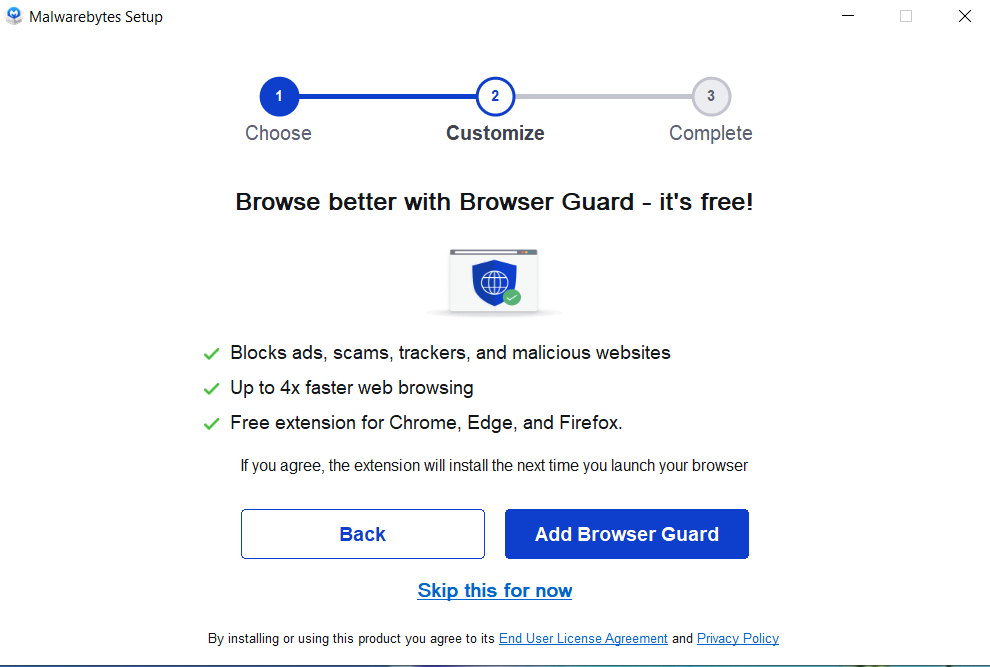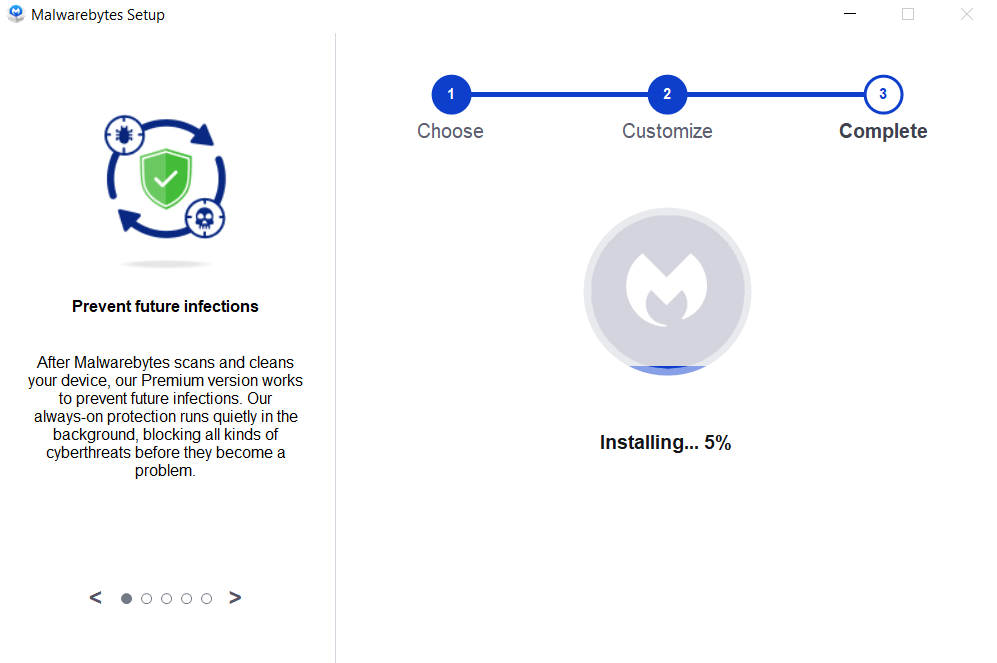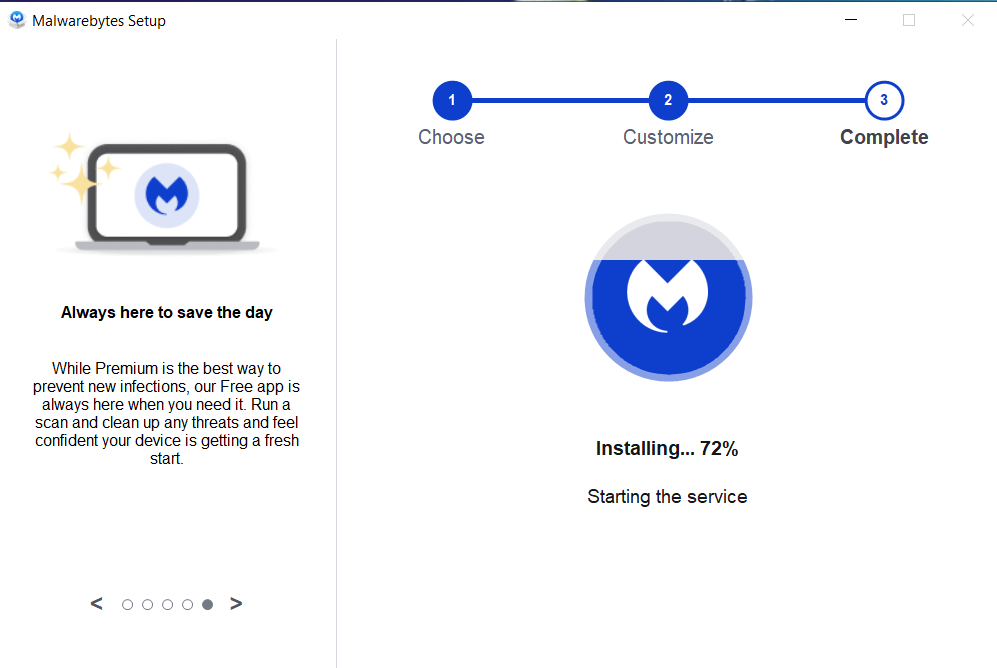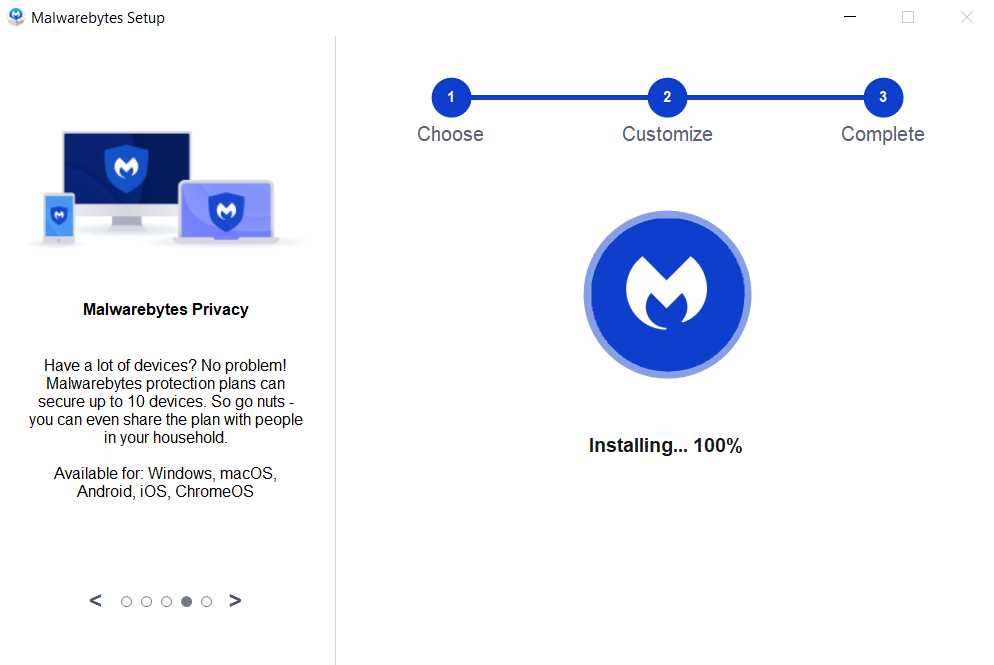 Blog's Page
Blog's Page

SecurityRisk.NetCat Is A Notorious spyware That Poses A Significant Security Threat To Users' Privacy And Sensitive Information. Known For Its Stealthy Behavior, SecurityRisk.NetCat Operates As A Backdoor Trojan, Enabling Unauthorized Access And Control Over Infected Systems. Once Infiltrated, SecurityRisk.NetCat Can Silently Record Keystrokes, Capture Screen Shots, And Harvest Personal Data, Including Login Credentials And Financial Information.
SecurityRisk.NetCat Spyware Often Spreads Through Malicious Email Attachments, Infected Websites, Or Disguised Downloads, Making Its Detection Challenging. SecurityRisk.NetCat's Ability To Evade Traditional Antivirus Programs Makes It A Potent Tool For Cybercriminals Aiming To Compromise User Security.
To Protect Against SecurityRisk.NetCat, Users Should Adopt Robust Cybersecurity Measures, Including Regularly Updating Antivirus Software, Avoiding SecurityRisk.NetCat Suspicious Email Attachments Or Links, And Implementing Firewall Protections.
Conducting Routine System Scans And Staying Informed About Emerging Cybersecurity Threats Are Essential Practices To Mitigate The Risks Associated With SecurityRisk.NetCat Intrusive Spyware. Swift Action, Including Removing The malware And Enhancing Security Protocols, Is Crucial To Safeguarding Sensitive Information And Maintaining A Secure Digital Environment.
This Black Friday VPN Deals 2023, Fortify Your Online Security With Exclusive VPN Deals! Unlock Discounts On Top-tier Services, Ensuring Private And Unrestricted Internet Access. Black Friday VPN Deals 2023, Browse Anonymously, Safeguard Sensitive Data, And Enjoy Seamless Streaming With Lightning-fast Speeds. Don't Miss Out On These Limited-time Offers—invest In Your Digital Privacy This Black Friday VPN Deals 2023 And Enjoy A Safer Online Experience. Read More...
Removing Malware From A Windows Computer Involves A Combination Of Using Antivirus Or Anti-malware Tools, Performing System Scans, And Taking Manual Actions To Eliminate The Malicious Software. Here's A Step-by-step Guide:
Ctrl + Shift + Esc To Open Task Manager.Win + R To Open The Run Dialog, Type cleanmgr, And Press Enter.Remember To Maintain Good Security Practices, Such As Keeping Your Operating System And Software Up-to-date, Using A Reputable Antivirus Program, And Being Cautious When Clicking On Links Or Downloading Files From The Internet. Regularly Backing Up Your Important Data Is Also Crucial To Mitigate The Impact Of Potential Infections.
If You Have Malwarebytes Installed On Your Computer And It Has Detected Malware, Follow These Steps To Remove The Malware:
Open Malwarebytes:
Update Malwarebytes:
Run A Threat Scan:
Review Scan Results:
Quarantine Or Remove Threats:
Reboot Your Computer:
Check For Persistence:
Monitor For Issues:
Clear Browser Data:
Reset Browser Settings:
Review Installed Programs:
Change Passwords:
Update Operating System:









If The Malware Persists Or If You Encounter Difficulties During The Removal Process, You May Want To Seek Assistance From The Malwarebytes Support Community Or Consider Running Additional Scans Using Other Reputable Antivirus Or Anti-malware Tools. Remember To Keep Your Security Software Updated And Practice Safe Computing Habits To Minimize The Risk Of Future Infections.
Malwarebytes Is A Leading Cybersecurity Solution Dedicated To Protecting Users From The Ever-evolving Landscape Of Digital Threats. With A Proven Track Record In Malware Detection And Removal, Malwarebytes Offers Cutting-edge Technology To Safeguard Computers And Devices Against Viruses, Ransomware, And Other Malicious Software.
Boasting A User-friendly Interface, Malwarebytes Provides A Seamless Experience For Both Novice And Advanced Users. Its Real-time Protection Capabilities, Coupled With Powerful Scanning Algorithms, Ensure That Users Are Shielded From The Latest Cybersecurity Threats. Malwarebytes Continually Updates Its Extensive Malware Database, Enabling Users To Stay Ahead Of Emerging Risks And Vulnerabilities.
Beyond malware Detection, Malwarebytes Offers Additional Features Such As Web Protection And Anti-exploit Technology, Fortifying Defenses Against Malicious Websites And Zero-day Exploits. The Software's Lightweight Footprint Ensures Minimal Impact On System Performance, Delivering Robust Security Without Compromising Speed.
Whether Used As A Standalone Solution Or In Conjunction With Other Cybersecurity Tools, Malwarebytes Remains A Trusted Ally In The Battle Against Cyber Threats. As A Proactive And Responsive Cybersecurity Partner, Malwarebytes Empowers Users To Navigate The Digital World With Confidence, Knowing That Their Data And Devices Are Safeguarded Against The Latest And Most Sophisticated Threats.
SecurityRisk.NetCat, Remove SecurityRisk.NetCat, SecurityRisk.NetCat Removal, Uninstall SecurityRisk.NetCat, Delete SecurityRisk.NetCat